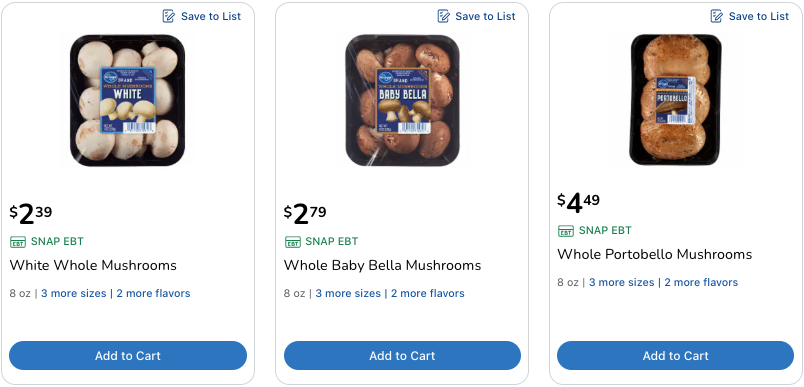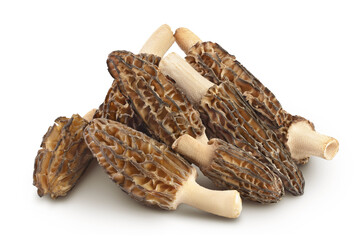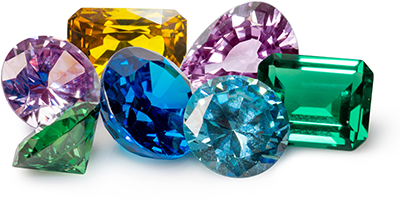White button, crimini, and portobello mushrooms are the same. Now that you’ve learned that a part of your culinary life was a lie, let’s take a quick look at the strategies that made it possible to sell the same mushroom in three different ways.
Background
Agaricus bisporus is the scientific name for the common, cultivated mushroom. The white button and crimini are Agaricus bisporus in its immature state. The portobello is simply a mature crimini.
Differentiation
Differentiation is important, especially when you’re trying to sell identical products as unique ones. This is where marketing and marketing-adjacent disciplines make the mushroom magic happen.

Visual differentiation
Displaying these three mushrooms side-by-side or in close proximity is no problem because they look different. One is white, one is brown, and one is bigger than the others. As a result, the consumer sees three distinct products. The white button is so prevalent in the marketplace that any other product in the category will look distinct, if not special, to consumers by default.

Price differentiation
Cost increases from the white to the brown to the mature brown. This is the boldest play — particularly with the immature white and brown mushrooms — because it influences consumer perception of quality, uniqueness, flavor, and other attributes that the mind wants to use to justify paying more or less for what amounts to the same product.
Naming differentiation
The mushrooms have an assortment of names that deter the consumer from considering the possibility (the reality) that the mushrooms are the same. The white variety goes by button mushroom, white mushroom, champignon, and others. The brown variety is crimini, cremini, baby bella, etc. The brown variety, when mature, is called portobello or portabella. Most of these are Häagen-Dazs names.
Application differentiation
The mature brown mushroom is great for stuffing and serving as a substitute for meat patties. The immature white mushroom is a versatile food that lends itself to all kinds of dishes and cooking techniques. The immature brown mushroom’s oft-repeated story is that its flavor is deeper, richer, and more savory when compared to that of the white.
A word about flavor
Everyone’s palate is different, but the immature white and brown mushrooms are cultivated using the same materials, methods, conditions, and timelines. They’re harvested at the same point in their lifespans, and they’re packaged the same way. They have the same scientific name.
A blind tasting will likely show that the assertion that the crimini has a completely unique flavor profile is a load of what makes some kinds of mushrooms grow.
In fairness, the mature brown mushroom may have a different flavor. The portobello is older than the button mushroom, if only by a few days. Age can affect the flavor of foods and beverages for a variety of reasons and in different ways.
Mature mushrooms produce spores as their primary means of reproduction. Portobellos tend to deposit spores generously. The spores don’t improve the portobello’s flavor or usefulness. That’s why you’ll amost always see these mushrooms packaged with their gills facing down. This method ensures that the spores fall onto to the tray in which the mushrooms sit before you’re ready to prepare the portobellos.

Modern mushroom mania
Credit is due to the common cultivated mushroom because it is the gateway for many to explore interesting, gourmet varieties. Today, it’s likely you’ll see shiitake, oyster, enoki, foraged morel (pictured above), and other kinds of mushrooms on display at your grocery store — all because mushroom marketers developed very clever strategies for selling the same mushroom in three different ways.
If you have questions or would like more information, please contact us.

